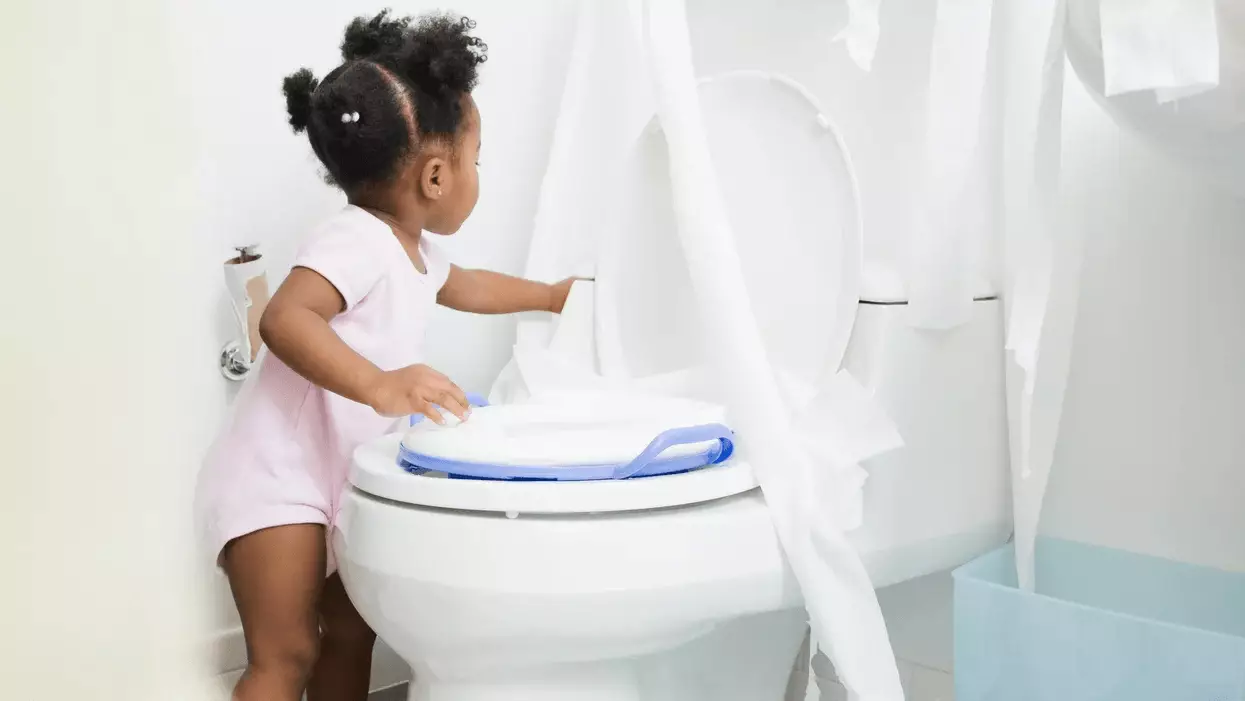Potty training is often viewed as one of the pivotal milestones in early childhood, a significant leap toward independence for both children and their parents. It is a journey filled with triumphs and, sometimes, setbacks. Many parents approach this phase with a mixture of anticipation and dread, knowing well that despite their best efforts, the road is rarely straight. One aspect of this process—potty training regression—can shake the confidence of even the most prepared caregivers. Whether triggered by a new sibling, a move, or other life changes, regressions are common and manageable through patience and understanding.
Recognizing the Signs of Regression
Understanding the signs that your child may be experiencing potty training regression is essential. Parents often notice behaviors such as sudden accidents after a period of success, reluctance to use the toilet, or excessive reliance on diapers or pull-ups. These regressions most frequently occur in times of stress, change, or emotional upheaval. Before diving into corrective measures, acknowledge that these challenges are a normal aspect of child development. Your child is not alone in this experience, and equally important, neither are you.
Responding with Compassion
One of the most crucial aspects of dealing with potty training regression is how you respond to accidents and setbacks. Parents may instinctively react with frustration when faced with a soiled outfit, but it is imperative to approach the situation with calmness and empathy. Refrain from shaming your child, as expressing anger or disappointment can lead to feelings of embarrassment and anxiety. Instead, try a neutral perspective: “It looks like we need to change your clothes. Let’s do that together.” Such responses foster an environment where children feel safe addressing their challenges, ultimately reinforcing their ability to overcome them.
Implementing a Consistent Routine
Creating a reliable potty routine can provide your child with the structure they need to succeed. Establish specific times for bathroom trips throughout the day, for instance, following meals or before outings. By mentioning the subsequent enjoyable activity after using the toilet—like going to the park or playing—is an excellent way to motivate them. Regularity helps solidify expectations and reinforces the understanding that using the potty is a part of their daily rhythm.
When accidents happen, inviting children into the cleanup process can serve as an educational moment. Allowing them to participate in cleaning up helps them take ownership of their potty routine while reinforcing the consequences of not using the toilet. Tasks can include fetching cleaning supplies or changing into dry clothes. This involvement not only teaches responsibility but also illustrates that they can avoid these situations with a simple trip to the bathroom.
Empowering Choices for Independence
When children go through transitional phases, like moving to a new home or adjusting to a new baby, they often feel a loss of control. One effective way to counter this is by providing choices within their potty routine. Allow them to pick out the underwear they want to wear or which bathroom they want to use, creating a sense of control over this essential part of their life. These seemingly minor decisions make them feel empowered and encourage their cooperation during potty training.
Addressing Emotional Needs
Sometimes, a child may revert to previous behaviors due to a desire for attention. When a new sibling arrives or when family dynamics shift, children may feel neglected and seek reassurance from their parents. Dedicating one-on-one time—whether it’s during potty breaks or mealtime—can help affirm their importance, reducing the likelihood of regression. Listening and validating their feelings can also help create a nurturing environment.
Traveling or experiencing significant changes can tempt parents to revert to diapers. However, maintaining consistency—even during these times—greatly benefits your child. If they’ve previously been successfully potty trained, returning to diapers can send mixed messages, leading to confusion and longer adjustment periods. Instead, prepare your child for transitions by discussing toilet use and ensuring they have the necessary tools—like portable potties—while on the go.
Consulting Professionals When Needed
If regressions persist longer than expected or seem to coincide with physical symptoms, seeking advice from a pediatrician is wise. They can assess whether there may be underlying medical issues affecting your child’s potty training progress. Remember, potty training is often a winding path. With compassion, consistency, and communication, parents can help their children navigate these obstacles effectively, fostering their independence in the long run.

